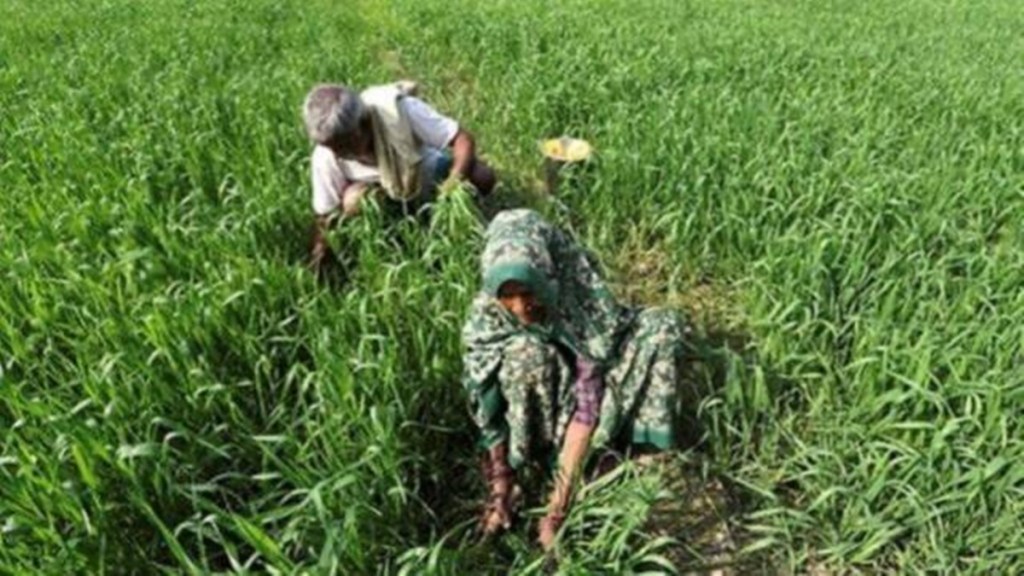With erratic weather-related conditions impacting India’s food security, policy makers have to deal with the reality of climate change on a war-footing. Heat stress in the 2021-22 crop year adversely affected the wheat crop and procurement. Untimely rains and hailstorms this year damaged the standing wheat crop due to lodging or bending over from high velocity winds and water logging. Farmers suffer huge losses due to temperature shocks and other climate change-related challenges. The need is to bring science and technology to farmers that make crops heat resistant. Regenerative agricultural practices also are necessary to protect the soil and make it more resilient to weather-related shocks. Scientists at the Indian Council of Agricultural Research have come up with “beat-the-heat” solutions through new wheat varieties which are amenable to early sowing and harvesting. The government, for its part, has a National Mission for Sustainable Agriculture to promote a climate-friendly agriculture. It is also putting in place a foundational AgriStack with data gathered from over 50 million farmers from ongoing schemes like PM Kisan Samman Yojana, Soil Health Card and PM Fasal Bima Yojana and will be linked to land records available with the state governments. Once this information is seeded into a single database, AI and data analytics can be harnessed to provide actionable intelligence and personalised services to farmers to better cope with the vagaries of climate change.
The good news is that leading agribusiness conglomerates are also addressing such challenges. ITC is scaling up its climate-smart initiative launched three years ago and aims to cover a million farmers and 3 million hectares in the next couple of years, up from current levels of 0.6 million farmers and 1.8 mh of agricultural land across 17 states in the country. S Sivakumar, ITC’s group head, agribusiness and sustainability, told FE that “We have worked out region-specific practices to minimise the impact of heat waves and unseasonal heavy rains”. These measures include the introduction of heat tolerant varieties, in situ and timely planting, dry land agricultural practices such as broad bed and furrow system, mulching, reducing water use (more crop per drop), and use of heat-ameliorating sprays. The outcomes have so far been noteworthy in Madhya Pradesh. Yields improved for soyabean and wheat, farming costs were lower which led to higher net incomes for farmers. Greenhouse gas emissions were also lower compared to the baseline according to Rameesh Kailasam and Rajesh Mehta’s column in this newspaper. To be sure, ITC has a headstart in this regard since 2000 as it purchases agri-produce from over four million farmers growing a range of crops at e-choupals or village internet kiosks in ten states and can easily scale up its initiative through the AgriStack.
Also read: Incredible journey of Earth Anthem: Quest for a common anthem for our planet
While the involvement of conglomerates in helping farmers cope with erratic weather conditions is to be welcomed, it is the government that must do the heavy lifting. Policy must prioritise investments in resilient infrastructure like irrigation and water management facilities. With the AgriStack, farmers can be persuaded to implement regenerative practices like reducing soil degradation by minimising tillage, improving the water cycle, rotating crops to make cultivation more resilient to temperature shocks. State-funded research and development on weather-related challenges must be stepped up manifold. Budget 2023 no doubt increased allocations for agri R&D, education and crop science but much higher spending will definitely contribute to a more climate-resilient agriculture.
